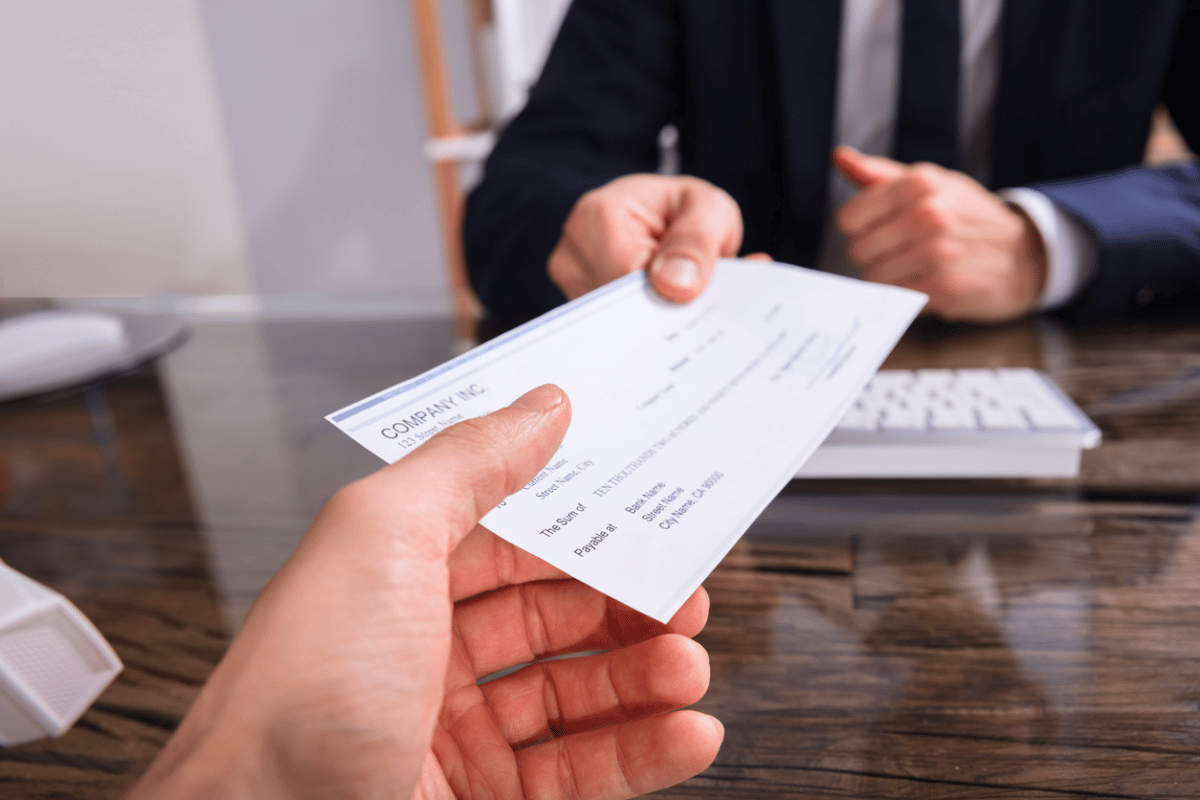
Carla Pinto
“The law states that whenever a road has two or more clearly marked lanes, a driver should stay entirely within a single lane as much as possible and only move from that lane if the driver can do so safely.”
- New York Lane Change Laws: New York Vehicle and Traffic Code Section 1128 stipulates rules for safe lane changes, emphasizing staying within a single lane whenever possible and ensuring safe lane changes when necessary.
- Causes of Unsafe Lane Changes: Unsafe lane changes often result from factors such as inadequate lookout, failure to check blind spots, speeding, driver distraction, poor driving conditions, low visibility, or reckless/negligent driving.
- Blind Spots and Responsibility: Drivers must recognize blind spots and physically check lanes by looking over their shoulders, not solely relying on mirrors. Failing to do so and causing a collision could lead to liability for damages, traffic citations, fines, or tickets.
- Determining Liability: Liability for a lane-change accident typically falls on the driver making the unsafe lane change, but determining fault may require investigation, especially in cases involving two vehicles changing lanes simultaneously.
- Avoid Admitting Fault: It’s crucial not to admit fault after a lane-change accident, as doing so can automatically assign liability, even if the other driver shares responsibility. Instead, provide truthful information to investigators without speculating about fault.
- Comparative Fault in New York: New York follows comparative fault laws, meaning multiple parties may share fault for an accident. Victims’ recovery may be reduced by their percentage of fault, highlighting the importance of legal representation to maximize financial recovery.
- Consulting an Attorney: After any lane-change accident, it’s advisable to consult with a personal injury attorney in New York. Meirowitz & Wasserberg attorneys can navigate complex liability issues, ensure fair compensation, and maximize recovery through available legal avenues.
In 2016, 3,890 fatal car accidents in the United States occurred due to failure to keep in the proper lane. Driver distractions caused 3,210 fatal accidents. Other common driver behaviors that can cause lane-change accidents are speeding, overcorrecting, and driving under the influence of drugs or alcohol – all of which caused 16,793 wrecks combined. In a crash between vehicles changing lanes, assigning fault can be difficult. Both drivers may maintain different versions of what happened. Discussing your case with an experienced NYC car accident attorney can help you determine fault. Read on to learn more about liability and the lange-change laws in New York.
New York Lane-Change Laws
New York Vehicle and Traffic Code Section 1128 defines the state’s rules for making safe lane changes. It states that wherever a road has two or more clearly marked lanes, a driver should stay entirely within a single lane as much as possible, and only move from that lane if the driver can make the lane change safely. Failure to ascertain the safety of a lane change, resulting in a collision with a vehicle already in the lane, is negligence. A driver may have several reasons for negligently making an unsafe lane change.
- Inadequate lookout
- Failure to check blind spots
- Speeding
- Driver distraction
- Poor driving conditions
- Low visibility
- Driving recklessly or negligently
Unsafe lane changes often happen when a driver fails to check his or her blind spots before switching lanes. A blind spot is the section of road invisible to a driver in the rear-view mirrors due to the construction of his or her vehicle. It is up to a driver to recognize the presence of blind spots and to check a lane by looking over the shoulder rather than only relying on mirrors. Making an unsafe lane change and causing a collision could result in liability for damages, as well as traffic citations and fines or tickets.
Who Is Liable?
Determining liability for a lane-change accident may take an investigation by the police or an insurance company. Typically, the driver making the lane change will be liable for damages, since it was his or her duty to ascertain the safety of the move prior to performing it. Yet not all car accident cases are so black and white. Many lane-change accidents, for example, involve two vehicles changing lanes at the same time and colliding. In these situations, it can be more difficult to identify the at-fault party.
It is important as someone involved in a lane-change accident in New York not to admit fault for the collision. Admitting fault can automatically assign liability to you, even if the other driver was also partially to blame. Instead, remain polite and tell the truth to investigators, but do not say you caused the crash or speculate as to liability. Many cases involve shared or divided fault between two or more parties. The question in these cases will be who has the majority share of fault. This will be the party that must pay the other for damages.
Assigning fault in a lane-change accident case can be difficult. It will take analyzing who had the right-of-way at the time of the collision. Typically, the driver with right-of-way will not be at fault for a crash, even if he or she partially contributed to the accident. Since New York is a no-fault insurance state, the involved parties will only have to determine fault if the crash caused serious injuries. Otherwise, both parties will seek damage reimbursement from their own car insurance companies, regardless of who was at fault.
When to Speak to an Attorney
A lane-change collision can lead to complicated questions of liability. New York’s comparative fault laws mean more than one party could share fault for an accident. In these cases, a victim’s recovery will be reduced the amount of his or her percentage of fault. In other words, if a recovery amount is $100,000 total, but the plaintiff was 10% at fault for the collision, he or she would receive $90,000. Speak to an attorney after any type of lane-change accident. A personal injury attorney in New York can help maximize financial recovery using all available outlets.





